Mehrangiz Kar, Iranian human rights lawyer now based in the United States, is an internationally recognized writer, speaker and activist who has been a tireless advocate of women’s and human rights in Iran. Here she discussed jailed activists and protesters in Iran who have died not in prison, but after it, whether from medical traumas or suicide caused by their experiences inside prison, or perhaps even through more shadowy attacks by unknown assailants. These “silent” deaths, as Kar calls them, must be discussed and brought into the light.
***
In the Islamic Republic of Iran, there have been men and women, people incarcerated by the government, who have died a short time after their release from prison. These deaths have been silent and unexplained. Medical communities in Iran, and around the world, have had little or nothing to say in the face of the mysterious demise of Iranians who had risen in protest, been arrested for it, and after their release have died, in effect, because of how they were treated in jail.
There have been also protesters, men and women, who have committed suicide some time after their prison releases. But no doctor to date, to IranWire’s knowledge, has tried or taken the risk of scientifically investigating these deaths to ease the security pressures in this country.
Everyone is aware of the intensity of repression in the Islamic Republic and knows that, for more than four decades, the lives and the professional and financial security of Iranians have been taken hostage by silence and indifference. We all know it, especially the exiles who have not lost their lives but have left behind what they owned, their professions, their properties, their friends, relatives and fond memories, and have tried to build another life in another land and with difficulty. Do these obvious facts give Iranian doctors the right to ignore these silent deaths and gradually numb their medical conscience to what is happening?
First, let us see what message the Islamic Republic is sending people by committing these mysterious murders after releasing the protesters.
The regime’s message is this: “Do not protest. Don’t do anything that would get you detained, even for one hour. Do not pin your hopes on release after your arrest. Beware: and know that we have killed you before releasing you even if you have repented tens of times and even if a mountain of your recorded confessions exists. We will neither execute you nor leave a needle mark on your body. Your death will occur in silence. What we are releasing is a poisoned body, a turbulent and disturbed soul, that wants death more than life. Human rights organizations celebrate your freedom and imagine that your release is a result of their activities. But what we are releasing is a lifeless shell. Death comes later – when you are in the bosom of your family. Learn this lesson and do not protest! Keep your head down and yield to the regime decision-makers! Protest means death. Murder does not always happen at the gallows or by shooting bullets. We have studied the opposition for four decades and we have learned many techniques. All we need is for you to be our guest for one hour.”
Iran’s silent deaths are more resonant and more dangerous than other threatening messages this tyrannical regime sends to its citizens. And they are more effective than the messages that it sends by executing and massacring its opposition in peaceful protests. The silence of society drives the protests deeper into the ground and frightens civil activists who have not yet become nationally and internationally well-known. Those who have just taken small steps in protesting and civil activism might retreat or stop out of fear. They cannot continue their civil protests and activities in the hope that they will be imprisoned only for a short time and soon freed. That is why the security policy of “silent deaths” might nip protests and civil activities by young people, especially by women, in the bud.
The civil rights activist and the protester can lose hope in freedom after being arrested and becomes convinced they may die after release from prison, a death by a virus that has been planted in his being and succeeds in killing them, in part, because of the silence of national and international medical communities.
What can be done? The past is discouraging: the Iranian government got rid of the few doctors who wanted to reveal and demystify murders even inside the detention centers. And deaths – what we are calling murders, in effect, because they were caused at heart by the Iranian security state – are another degree of separation.
We cannot expect individual doctors inside the Iran to take action. No doubt they were murdered by Iran’s security apparatus. But we can pressure the National Medical Council of Iran, an organization that is under the thumb of the security agencies, and ask it again and again to do its duty.
Insisting on reminding the National Medical Council of their duties might not prove to be as useful as one may hope. But it contributes to the awareness of international organizations and may even convince security agencies to abandon this practice after a cost-benefit analysis.
But the National Medical Council today is no different different from the other doctors who have remained silent in the face of these silent deaths. And by issuing incoherent medical views the Council has given the security agencies a free hand to continue their silent murders.
Moreover, international human rights organizations and activists have not yet drawn the attention of international medical circles to silent deaths in Iran. They can provide medical organizations such as Doctors Without Borders (MSF) with information and data about victims and the symptoms of silent and mysterious deaths. Issuing statements may not help the victims – it may not keep them from dying or being killed – but even the most obstinate governments who ignore their responsibilities under human rights conventions have occasionally yielded to such pressures. Governments such as Iran’s may not admit it and may deny the deaths are because of their actions – but they know it is true.
And in today’s Iran even this much would be a good achievement.
Conclusion
We all talk and write about street massacres and executions as proof of “murders committed by the government” but, due to their nature, silent deaths are insufficiently investigated or discussed.
If the Islamic Republic was in a situation that seriously threatened its existence, perhaps it would yield, and receive experts who could investigate these silent deaths.
But at this moment it is doubtful that even the fact-finding mission of the United Nations Human Rights Council can gather sufficient evidence about this important example of violation of human rights, as related to the street protests that began in September 2022 and therefore the mission’s mandate, and thus help to remove threats faced by protesters.
We nevertheless appeal to the fact-finding mission to investigate and identify the factors, human and otherwise, in these silent deaths. In this process, the cooperation of those inside Iran who know about the planning and execution of these deaths will be essential. And if some of those who are now part of the existing medical system of Iranian prisons have an attack of conscience they can, cautiously, help human rights organizations by reporting on the secrets of what happens inside detention centers and the reprehensible behavior of some doctors who work within the system. Iranians and all will owe them a debt of gratitude. And that includes those who have, until now, been aligned with the repressions of the Islamic Republic.
To learn more about those in Iran who have died suspiciously in detention or shortly after release, read: Death is My Business: A Look at the Death of Citizens in the Custody of the Islamic Republic
visit the accountability section
In this section of Iran Wire, you can contact the officials and launch your campaign for various problems












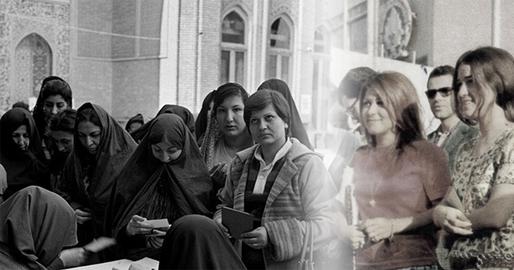
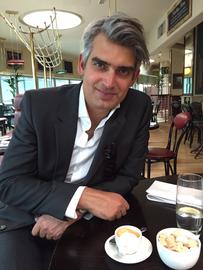
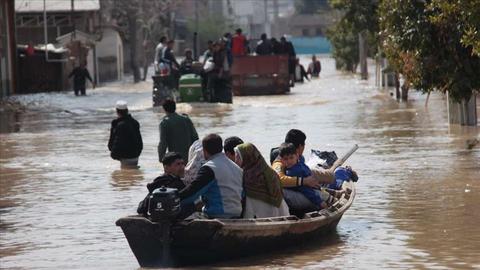
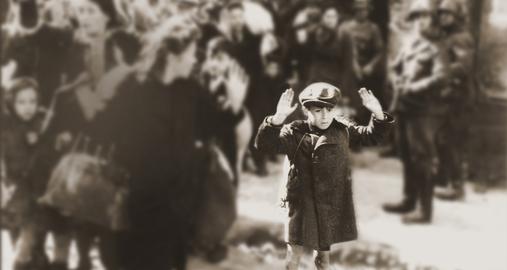
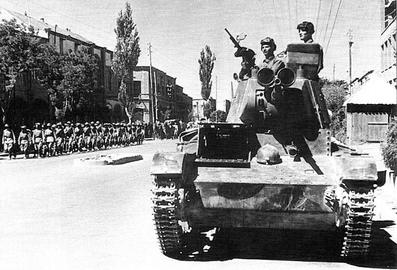
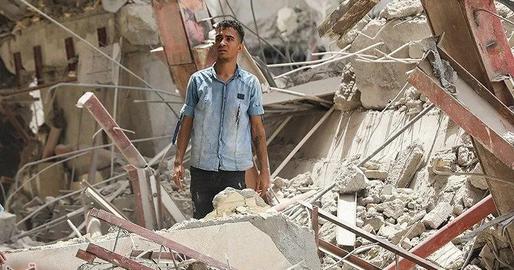






comments